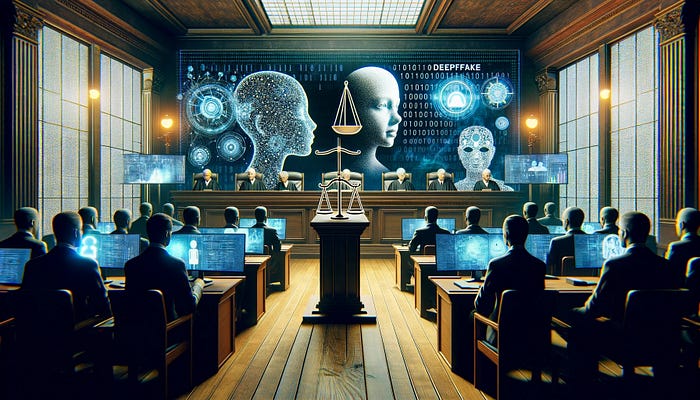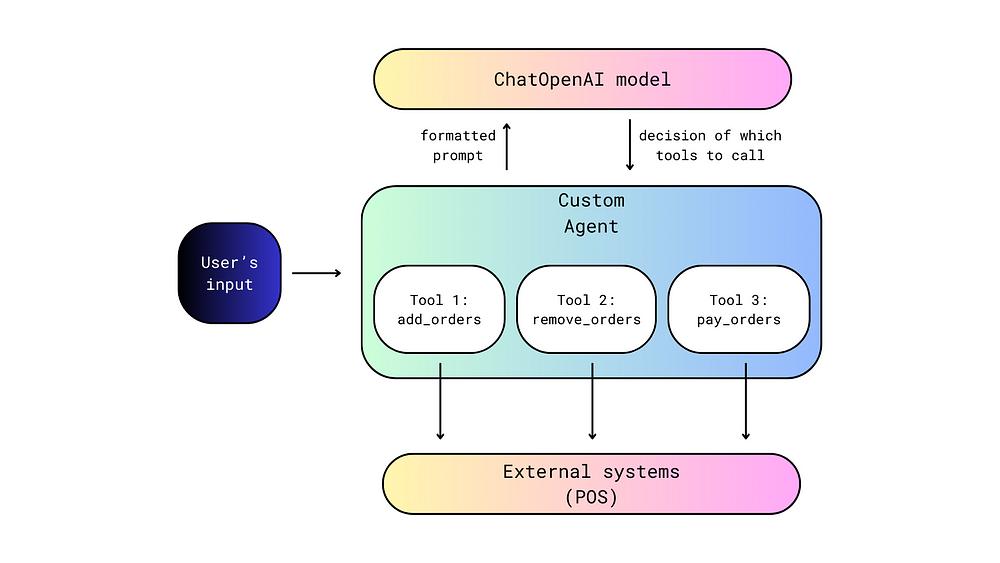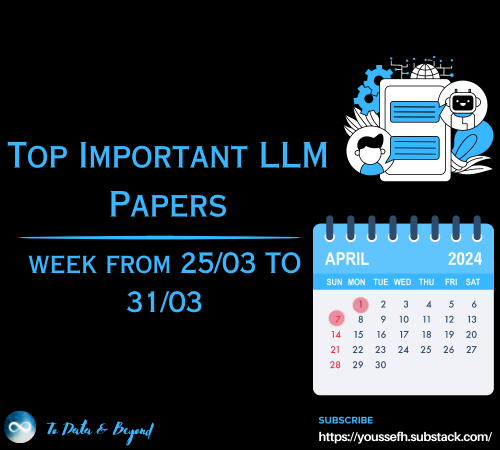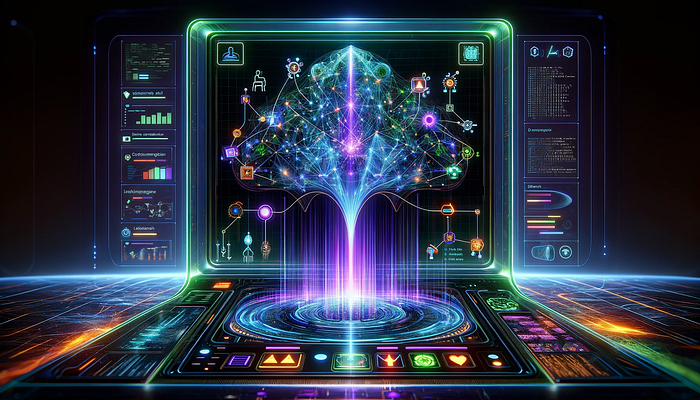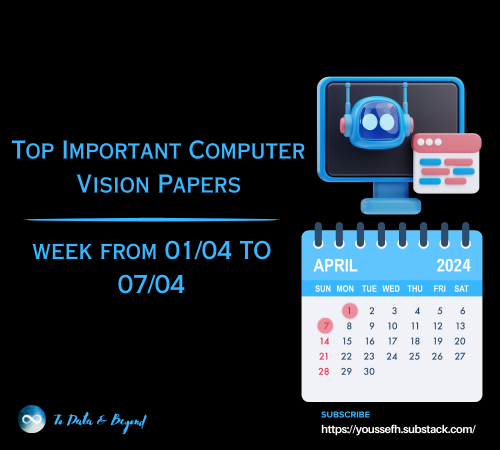
Future of Data Science: Machine Learning or Artificial intelligence
Last Updated on October 9, 2021 by Editorial Team
Author(s): Gaurav Sharma
Data Science

When we think about the future of AI, we could picture highly sophisticated robots that can imitate humans so effectively that they are indistinguishable from people. True, artificial intelligence’s capacity to swiftly learn, process, and evaluate data in order to make choices is a significant attribute.
However, what most of us think of as AI is actually a subdiscipline known as machine learning. Artificial intelligence has become a blanket phrase encompassing a variety of algorithmic areas in mathematics and computer science. There are a few crucial distinctions between them that must be understood in order to optimize their growth potential.
Experts anticipate that investment in AI will continue to rise, as will the usage of AI as a Service platform, which will make machine learning algorithms more accessible to users without sophisticated technical knowledge. As a result, it’s critical to learn more about how these technologies function and how they may be utilized to improve the future of data science.
In a nutshell, artificial intelligence (AI) is a field or a class of technologies aimed at simulating human intellect in robots. Machine learning, on the other hand, is a branch of computer science that teaches computers to learn from previous data.
Face recognition, speech recognition, and anomaly detection are all examples of AI that fall within the deep learning and reinforcement learning categories of machine learning. Computers are trained to understand patterns in various fields so that they may ultimately execute tasks such as recognition and classification without the need for human involvement.
The continuing advancement of reinforcement learning might be a key to unlocking the next generation of AI. Reinforcement learning algorithms learn by trial and error, whereas standard machine learning programs learn from historical data. RL may be viewed as an “adult” learning technique capable of optimization, or the maximization or minimization of a certain result.
A program consists of a succession of activities, each of which is guided by the best outcomes of the preceding ones. This process of trial and error takes time, but technology is continuously improving. We may anticipate reinforcement learning algorithms operating at a level that provides efficient outcomes considerably sooner in the future.
Although the worries of rogue AI are exaggerated, AI and machine learning, like any technology, have consequences and limitations. However, these technologies may give significant benefits to businesses by allowing them to organize and analyze data in novel ways.
THE BENEFITS OF ARTIFICIAL INTELLIGENCE AND MACHINE LEARNING
The following are some of the advantages of AI and machine learning:
SECURITY
In the realm of cybersecurity, machine learning has become important for identifying possibilities and dangers. Machine learning algorithms can aid in the protection of sensitive data and the seamless operation of security architecture. Dynamic Application Security Testing (DAST), a tool that connects with online apps to discover potential security flaws in the app and the underlying architecture, is an excellent example of ML in cyber.
https://www.youtube.com/watch?v=ZJFqWODugSo
“DAST is a sort of black-box application testing that can test apps while they are running,” said Cloud Defense security analysts. You don’t need source code access to identify vulnerabilities when using DAST to test an application. If your project’s dependencies are affected by newly reported vulnerabilities, you’ll be notified.” As a result, vulnerability detection is becoming more efficient and thorough than ever before.
Humans can act and alleviate the problem once the scanner has found a vulnerability. ML programs, as “clever” as computers can be, do not have intuitions; instead, they make judgments based on rigid criteria and learning data. As a result, an IT professional should still verify the scan when it is completed to ensure maximum benefit.
LOGISTICS IN BUSINESS
Many business tools and applications have been developed as a result of a computer program’s capacity to understand, organize, and analyze data on its own. Machine Learning can help people with market forecasts, consumer habits, and target demographics, to name a few areas of analysis.
Machine learning algorithms may be used internally to identify manual errors, improve speed and accuracy, and simplify corporate procedures. Furthermore, because of the popularity of Big Data, AI-driven marketing analytics is a requirement for businesses looking to optimize their data analysis capabilities.
OUTREACH TO CUSTOMERS
More organizations are asking themselves how to effectively use consumer data as cloud data storage options increase productivity and accessibility. AI-powered analysis grows more accurate as more data is collected, and B2B marketing initiatives will profit from the information gathered over time.
With rising speed, we may expect to see consumer interactions and preference detection customized. AI-based predictive analysis will offer tech-savvy businesses an unmistakable competitive advantage.
THE RISKS OF ARTIFICIAL INTELLIGENCE AND MACHINE LEARNING
The following are some of the dangers of AI and machine learning:
THE SENTIENT MACHINES MYTH
The awe at the speed and creativity of AI is frequently accompanied by a sense of fear. Big figures like Stephen Hawking, Elon Musk, and Bill Gates have all warned about the perils of AI if humans don’t handle it correctly. Fears that computers will one day develop brains of their own have been fanned by popular literature and movies. Some fear that harmful AI systems, such as autonomous weapons, will fall into the wrong hands. These fears aren’t entirely unfounded.
For example, the two most recent US presidential elections shown how efficient data mining algorithms can be in targeting social media users, as well as the repercussions of meddling with technology.
However, these interventions were not made by sentient robots; they were made by individuals who used modern technology for dubious objectives. Automation’s convenience and pervasiveness make it a powerful presence in our daily lives, and it, like anything else, must be regulated via legislation and ethics.
BAD AUTHORITIES
Another issue to be concerned about is cybersecurity. Cyberattacks are growing more sophisticated and creative. AI-based malware is similar to any other artificial intelligence. AI is also figuring out how to deal with AI-based cybersecurity solutions. We’re entering an era in which cybersecurity may be a fight between good and bad computers. Fortunately, machine learning algorithms are adept at detecting anomalies. To stay up with bad actors, cybersecurity experts will have to keep innovating.
DATA SCIENCE IN THE FUTURE
The learning mechanism is now the source of artificial intelligence’s limitations. Machines learn in stages, basing future judgments on previous data in order to generate a certain result. Humans, on the other hand, can reason abstractly, use context, and unlearn data that is no longer useful.
As a result, future machine learning algorithms may be able to perform machine unlearning as well, especially for digital assets such as financial and personal data. This might be the next step in improving AI security and reducing some of its dangers.
Advances in artificial intelligence will have a significant influence on the future of data science, although robots are still not fully “intelligent” in the sense that humans think of intelligence. Although computers can outperform people in terms of processing speed, we have yet to develop software that can replicate our creative and logical talents. Machines are a valuable asset, but they are still merely a supplement to human creativity.
Deep learning and reinforcement learning are expected to see advancements in AI as we come closer to making science fiction a reality. When it comes to artificial intelligence, these are some of the topics to keep an eye on.
Future of Data Science: Machine Learning or Artificial intelligence was originally published in Towards AI on Medium, where people are continuing the conversation by highlighting and responding to this story.
Published via Towards AI

 Logo:
Logo:  Areas Served:
Areas Served: 